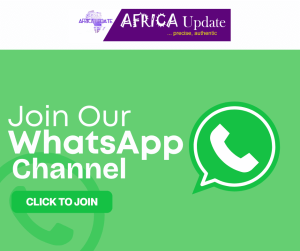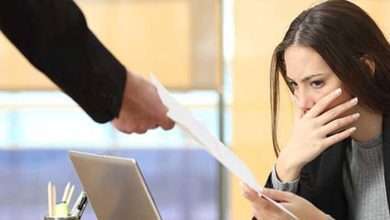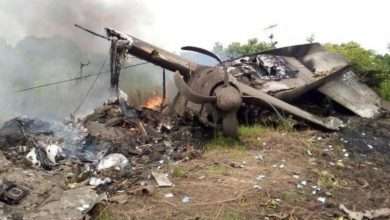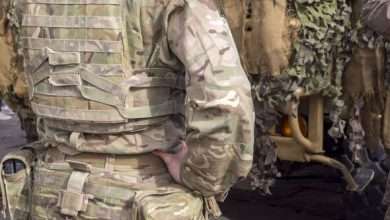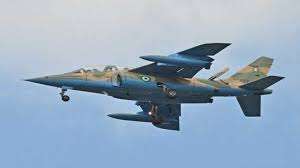
Abba Gumel, Nigerian-born US-based Professor of Mathematical Biology, has been elected Fellow of the American Mathematical Society (AMS).
He is among distinguished mathematicians elected for 2023 Class of Fellows of the Society.
Gumel was recognised for his contributions to the mathematical theory of epidemics, applied dynamical systems, and promoting the use of mathematics to help solve global public health challenges.
He is among the four Africans to be elected Fellow of the American Mathematical Society.
Two other Africans – one originally from Benin Republic and another from Central African Republic – are fellows of the prestigious society.
The last from Nigeria was appointed during the inaugural year in 2013.
Gumel was a Foundation Professor of Mathematics at the School of Mathematical and Statistical Sciences, Arizona State University, before becoming The Michael and Eugenia Brin Endowed E-Nnovate Chair in Mathematics at the Department of Mathematics, University of Maryland, College Park in 2022.
His research, which spans three main areas of applied mathematics (namely, mathematical biology, applied dynamical systems and computational mathematics), is focused on the use of mathematical modeling and rigorous approaches, together with statistical analysis, to gain insight into the dynamics of real-life phenomena arising in the natural and engineering sciences.
The main emphasis of Gumel’s work is on the mathematical theory of epidemics – specifically, he uses mathematical theories and methodologies to gain insights into the qualitative behavior of nonlinear dynamical systems arising from the mathematical modelling of phenomena in the natural and engineering sciences, with emphasis on the transmission dynamics and control of emerging and re-emerging human (and other animal) infectious diseases of public health and socio-economic interest.
In 2021, Gumel was chosen to give the AMS Einstein Public Lecture in Mathematics of the American Mathematical Society. He was named Extraordinary Professor at the Department of Mathematics and Applied Mathematics, University of Pretoria and Adjunct Professor at the Department of Applied Mathematics, University of Waterloo, Canada.
Gumel has written over 160 peer-reviewed research, numerous book chapters and edited three books.
In 2014, Professor Gumel became one of eight US-based scientists who signed a memorandum of understanding with seven Nigerian universities aimed at helping them build world-class capacity in biomedical sciences research and pedagogy.


